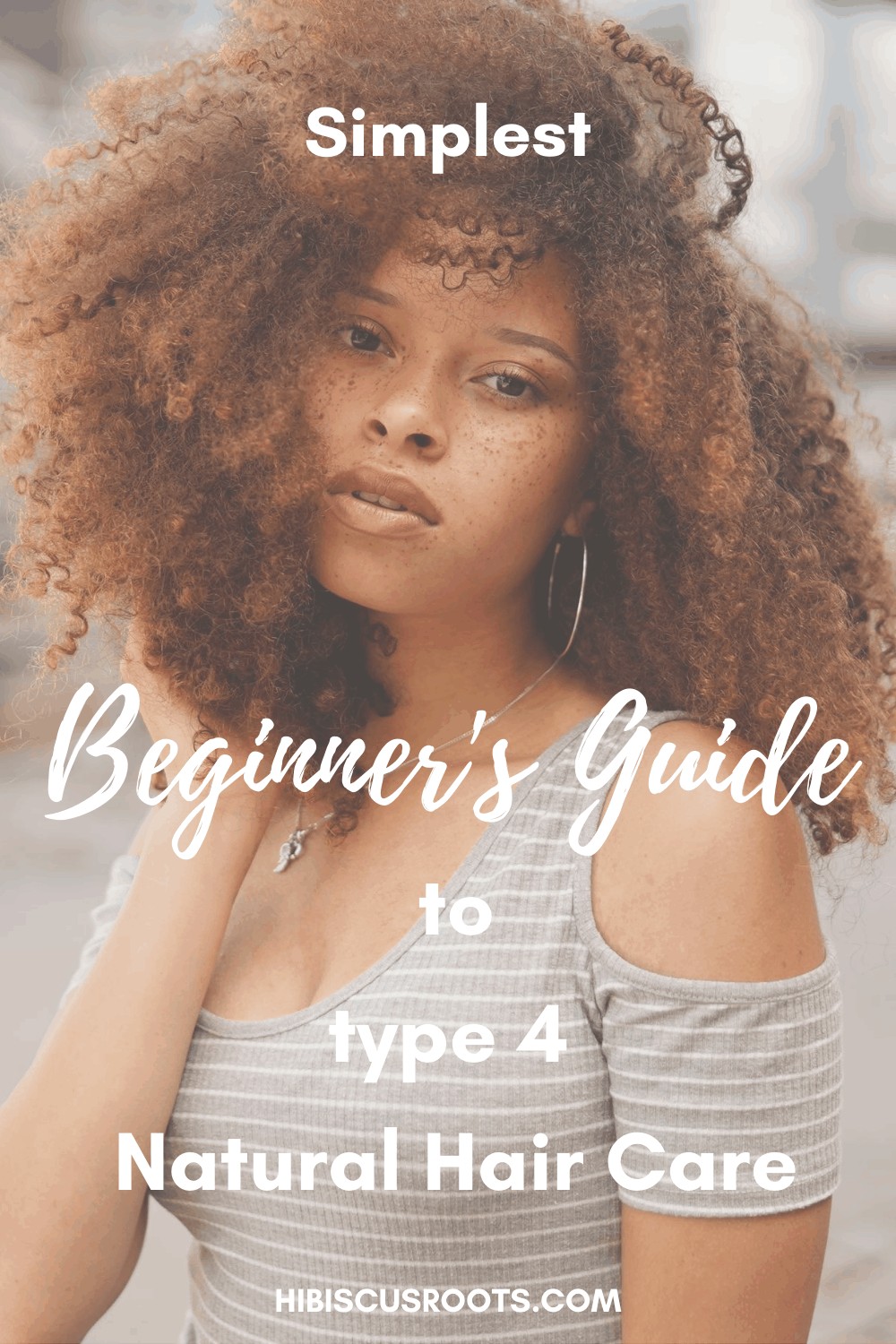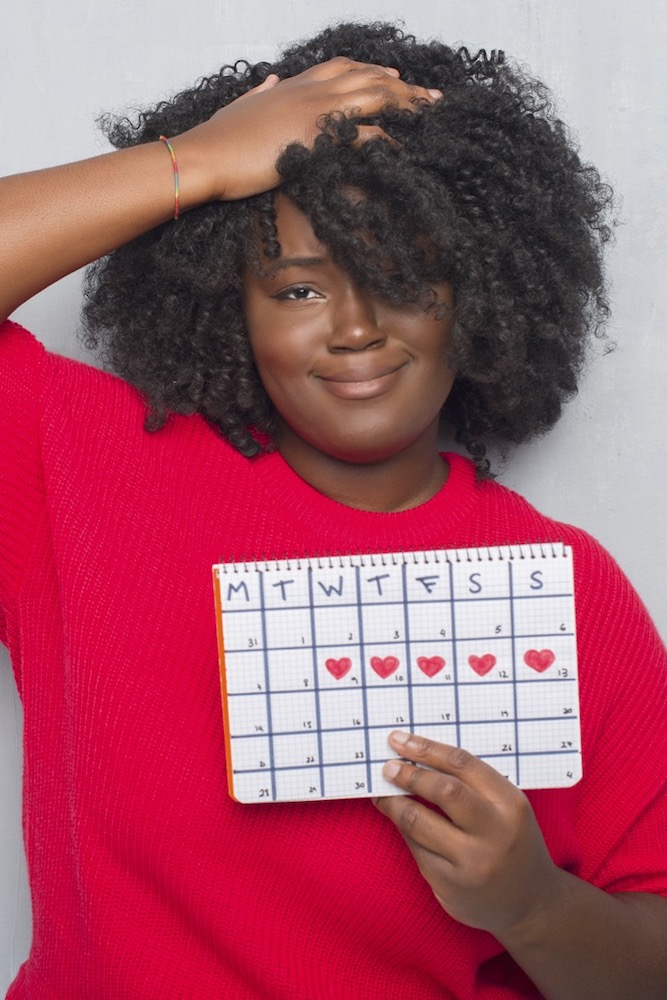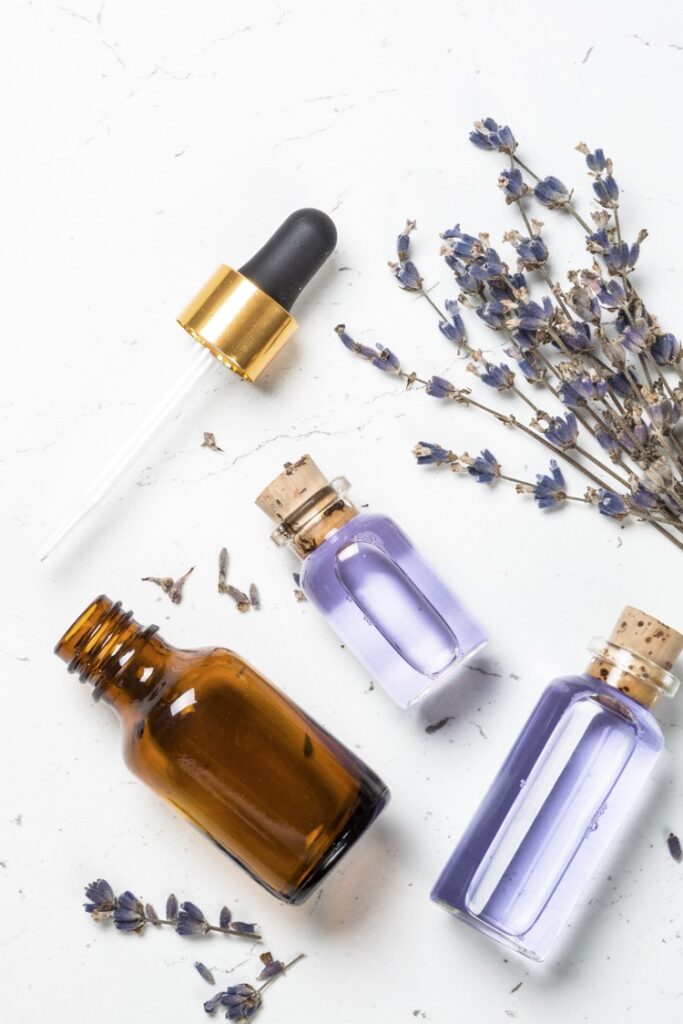Updated: April 2, 2021
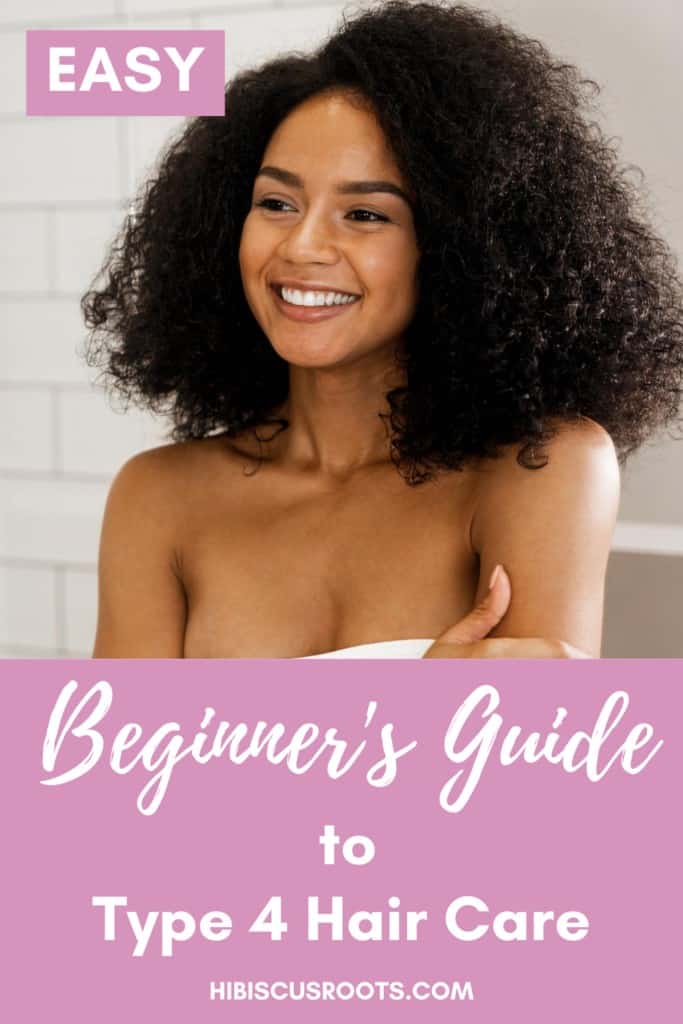
This article is going to be covering the basics. If you’re newly transitioning to natural hair, or are just tired of feeling lost in your current hair care routine — this is for you.
We’re going to be talking about what’s important when it comes to natural hair care, and what’s not. I’m also going to be providing well-researched answers to frequently asked questions about 4c natural hair.
If there are any questions you may have that are not covered in the article, please leave it as a comment below and it will be answered.
Think of this post as one that will evolve and be updated according to YOUR needs!
The Pillars of Natural Hair Care
The 5 simple pillars of 4C hair care are:
- Profiling
- Cleansing
- Moisture
- Protein
- Maintenance
Once you get the hang of these 5 things in your natural hair care, you’re on the road to healthy hair. And as you may already know healthy hair, will ultimately be lengthy hair!
1. Profiling
The saying “knowledge is power” is so accurate here.
Knowing and understanding your hair is the first step to taking control of your hair routine.
The first thing you need to know before starting to care for your hair is what type of hair you have. This helps you figure out what type of care your hair needs.
These are the most important things you need to know about your hair:
- Curl pattern
- Thickness
- Density
- Porosity
Here, a-c are the characteristics that make up your “Hair Type”.
These are all equally important and will help you decide what directions to go in for the next few pillars.
You can find more information on finding out your hair type here, and your hair porosity here.
2. Cleansing
How often should I be washing my natural hair?
I can’t tell you how many times we’ve gotten this question. And the answer is always “it depends”. It is subjective and will depend on things like your individual hair profile, lifestyle, and patience.
You should simply be striving to keep your hair and scalp as clean as possible. This is because, when your hair follicles are dirty, they become clogged. When they become clogged, it can be difficult for healthy hair to grow out of them.
Shampoo is not the only thing you can cleanse your hair and scalp with. It shouldn’t be!
Shampoos strip the hair and scalp of product build-up, and dirt – which is great.
But unfortunately, it can also strip some of the necessary healthy oils and nutrients on your hair and scalp. There are two types of shampoos you can use on your natural hair;
- Clarifying shampoos, and
- Moisturizing shampoos.
Unless you have low porosity hair, you should only be using clarifying shampoos very rarely.
These shampoos are designed to be extremely stripping. Because they are necessary for completely ridding the hair and scalp of build-up. Almost like giving the hair a fresh start.
Moisturizing shampoos, on the other hand, are stripping – but not so much so.
Instead of shampoo, there are tons of more natural, and gentler ingredients you can use to cleanse your hair and scalp with. They include:
- Rhassoul Clay – read more about it here
- Aloe Vera Juice – learn more here
- Soap Nut or Aritha – we have a complete article here
- Shikakai
Read Next: 13 Natural Itchy Scalp Home Remedies for Instant Relief!
When Should You Wash Natural Hair?
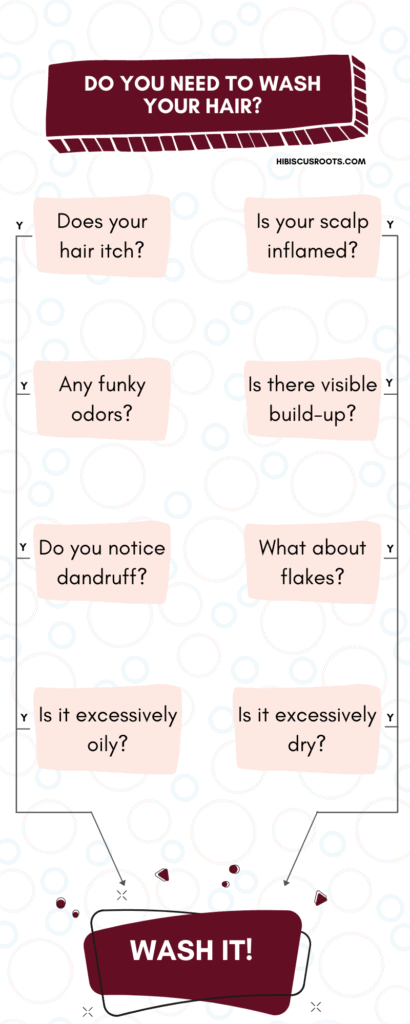
You should be cleansing your scalp as soon as you experience any of these symptoms:
- Itchiness
- Inflammation
- Foul smells or odors
- Visible build-up
- Dandruff
- Flakes
- Excessive oiliness
- Dryness despite frequent moisturizing
If you exercise or sweat frequently, you may experience one or more of these characteristics more often than someone who doesn’t, for example.
So someone giving you the recommendation to “wash the hair every week or two weeks” would not work for you at all.
Experiment until you find the right frequency and cleanser that works for your hair profile and your lifestyle.
Example
An example of a cleansing regimen would be cleansing your hair every week. Alternating between shampoo, clay, and aloe vera. i.e.
First Week → Wash hair and scalp with clay
Second Week → Spray scalp and massage with aloe vera juice
Third Week → Wash hair with shampoo
Fourth Week → Aloe vera scalp cleanse like in week 2
Fifth Week → Clay wash like in week 1
etc.
You really want to experiment here to find your own frequency and what cleansers work for you.
Here is a YouTuber we love, Indigenous Strandz, going through her Ayurvedic Washday routine. She shows everything she does to cleanse her scalp with soap nut, and how she has managed to grow thigh-length 4C hair!
3. Moisture
Natural hair needs water to thrive. In this way, you really want to think of your afro as a beautiful plant. It needs water to maintain elasticity.
This elasticity is what makes sure it doesn’t snap and break off every time you touch it. It also makes the hair more manageable and less prone to frizz — improving its appearance as well.
Here are 3 common ways to apply moisture to natural hair:
- Spraying with water
- Deep conditioning
- Moisturizing and sealing
You should be moisturizing your hair and sealing it with oil or butter at least a few times every week – even when it’s in a protective style.
We have a whole post that covers 5 different ways to moisturize type 4 hair in this post.
We also have this post which goes into techniques for keeping that moisture locked in, once the hair has been moisturized!
4. Protein
Protein is another key ingredient for healthy natural hair. This is because your hair is made almost completely of a protein called keratin.
Now that you know that moisture is what gives hair elasticity, it’s important to know that protein is what keeps moisturized hair from getting too elastic.
When your hair has too much moisture and not enough protein, it can easily turn mushy and fragile. Protein is what stops your hair from sliding off in your hands in this case.
You should be using protein on a regular basis – but the frequency will depend on your hair strands.
You can read more about all the different ways to use protein in natural hair in this post.
5. Maintenance
This final pillar covers everything involved in keeping healthy hair on your head. What we mean by this is incorporating certain practices that protect your hair from damage. Some of these include:
- Sleeping in a silk or satin scarf or bonnet to protect your hair while you sleep.
We recommend silk or satin, instead of cotton because of how drying cotton is.
Cotton sucks the moisture out of both hair and skin.
This is a material to avoid, especially since our goal is to keep moisture in! - Wearing both long term and short term protective styles.
This keeps your hair protected and prevents over manipulation of your hair strands on a daily basis. You can do braids, wigs, mini-twists, etc.
As long as you don’t neglect your hair while it is in these styles.
Even when your hair is in braids, you still need to moisturize it and cover it in a scarf before bed. - Trimming when necessary.
By this, I literally mean only when necessary.
You want to pay attention to the state of the ends of your hair.
Trim your hair with super sharp hair shears when you notice split ends or single strand knots.
Otherwise, don’t.
We recommend hair shears specifically because cutting your hair with blunt scissors may actually cause your hair to split MORE in the long run!
We don’t recommend trimming “every 2 weeks” or “every 2 months” because we have no idea what your hair looks like after 2 weeks or 2 months.
You can check out this post for a more in-depth guide on when to trim your hair, well as different techniques you can use for trimming.
Only you know how well you’ve been taking care of your hair to avoid split ends. But when you do inevitably (unfortunately) notice them. Please trim them. They ultimately do more damage than good – causing hair to tangle further and more.
Conclusion
Now that you have the basics for natural hair care — everything else is extra. You can do as much or as little as you want in addition to these tips, as long as you’re having fun with it!
It’s really this simple!
Once you have this all down, you can start experimenting with tea rinses, ACV rinses, henna, oil rinsing, rice water, and everything else you want.
Your hair routine is something that should be super personal and unique to you. There is no way doing something that works for Sally or Sue will work in the exact same way for you.
So I’m encouraging you now, to trust yourself to try things out with your hair and find what works for you. You can make note of what works and what doesn’t in a hair journal (grab one here) and stick with what works for you!
And come back for new articles every week!
We cover recipes, remedies, and practices that you can try out in your regimen whenever you’re feeling adventurous!
Read Next: Washing Your 4C Natural Hair Wrong might be Ruining Your Progress!
